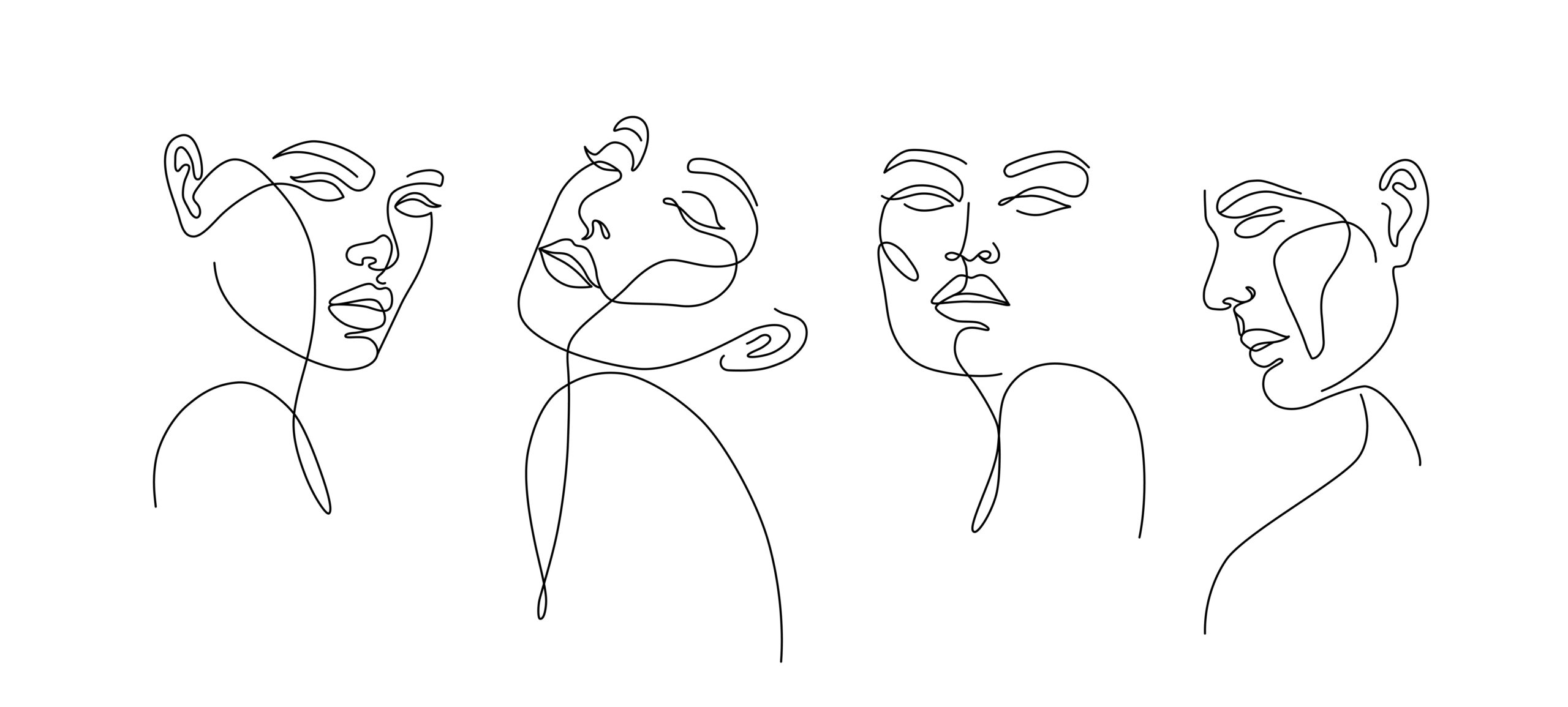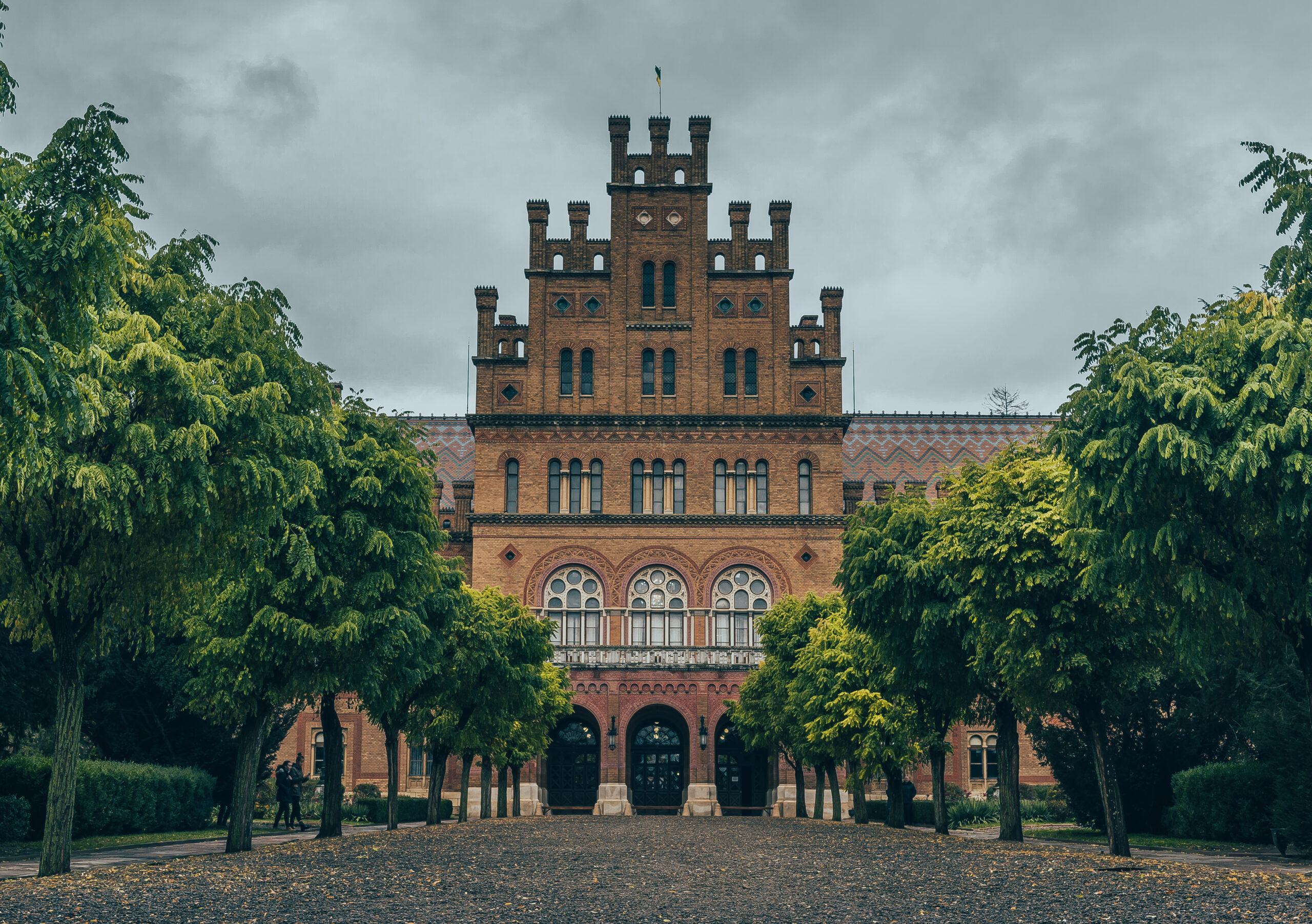The Neuroscience of Healing: How the Brain Mends Itself
**The Neuroscience of Healing: How the Brain Mends Itself**
The human brain is an incredibly complex and dynamic organ. Despite its intricate structure, it has the remarkable ability to heal and adapt itself in response to various injuries and conditions. This process, known as neuroplasticity, is at the heart of the brain’s healing mechanisms. In this article, we will explore how the brain mends itself and what this means for our understanding of recovery and resilience.
### Neuroplasticity: The Brain’s Ability to Change
For a long time, scientists believed that the brain was fixed and unchangeable after childhood. However, research has shown that the brain can form new neural connections throughout life. This ability to reorganize itself is called neuroplasticity. It allows the brain to adapt, learn, and heal from injuries and disorders.
### How Neuroplasticity Works
Neuroplasticity involves the formation of new neural connections in response to learning and experience. This process is essential for recovery and skill development. For example, after a stroke, the brain can reorganize itself to compensate for damaged areas by forming new pathways. This dynamic process is crucial for the brain’s ability to heal and recover.
### The Role of Neuroplasticity in Healing
Neuroplasticity plays a significant role in various healing processes. Here are a few examples:
– **Recovery from Stroke**: After a stroke, the brain tries to repair damaged nerve fibers by re-establishing their insulating layer, called myelin. While this process often succeeds only partially, it demonstrates the brain’s ability to repair itself[5].
– **Chronic Pain Management**: Techniques like visualization can help patients manage chronic pain by weakening pain circuits and strengthening alternative neural pathways. This approach is based on the principle of competitive plasticity, where different brain functions compete for neural real estate[4].
– **Trauma Recovery**: Methods like the Havening Techniques use psychosensory inputs such as touch and visualization to calm the nervous system and reduce the impact of trauma. By focusing on the amygdala, the brain’s emotional center, these techniques help individuals reprocess distressing memories and find relief from trauma-related symptoms[1].
### The Brain’s Self-Healing Abilities
The brain has inherent mechanisms to repair itself after injuries. For instance, following a stroke, the brain tries to repair damaged nerve fibers by re-establishing myelin. However, inflammatory conditions often hinder this process. Researchers are working to understand how to support these cells in their efforts to rebuild myelin, which could lead to new treatments for stroke victims[5].
### Practical Applications
Understanding neuroplasticity has profound implications for treating various neurological conditions. By harnessing the brain’s plasticity, patients can potentially recover lost functions and improve their quality of life. Practical applications include:
– **Repetitive Exercises**: Repetitive exercises and mental practice can encourage the formation of new neural pathways, helping patients recover from conditions like stroke or chronic pain.
– **Sensory Stimulation**: Techniques involving light, sound, and movement can stimulate brain function, reawaken dormant circuits, and improve overall brain health.
– **Active Participation**: Healing requires active engagement from patients, including mental exercises and physical activity, to play a significant role in their recovery process.
### Conclusion
The brain’s ability to heal and adapt itself is a remarkable phenomenon. Neuroplasticity is at the core of this process, allowing the brain to reorganize itself in response to various injuries and conditions. By understanding and leveraging neuroplasticity, we can develop more effective treatments for a wide range of brain-related issues. Whether it’s recovering from a stroke, managing chronic pain, or healing from trauma, the brain’s self-healing abilities offer hope and inspiration for those seeking recovery and resilience.





